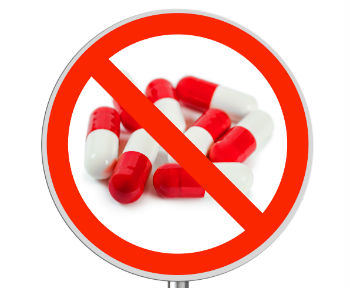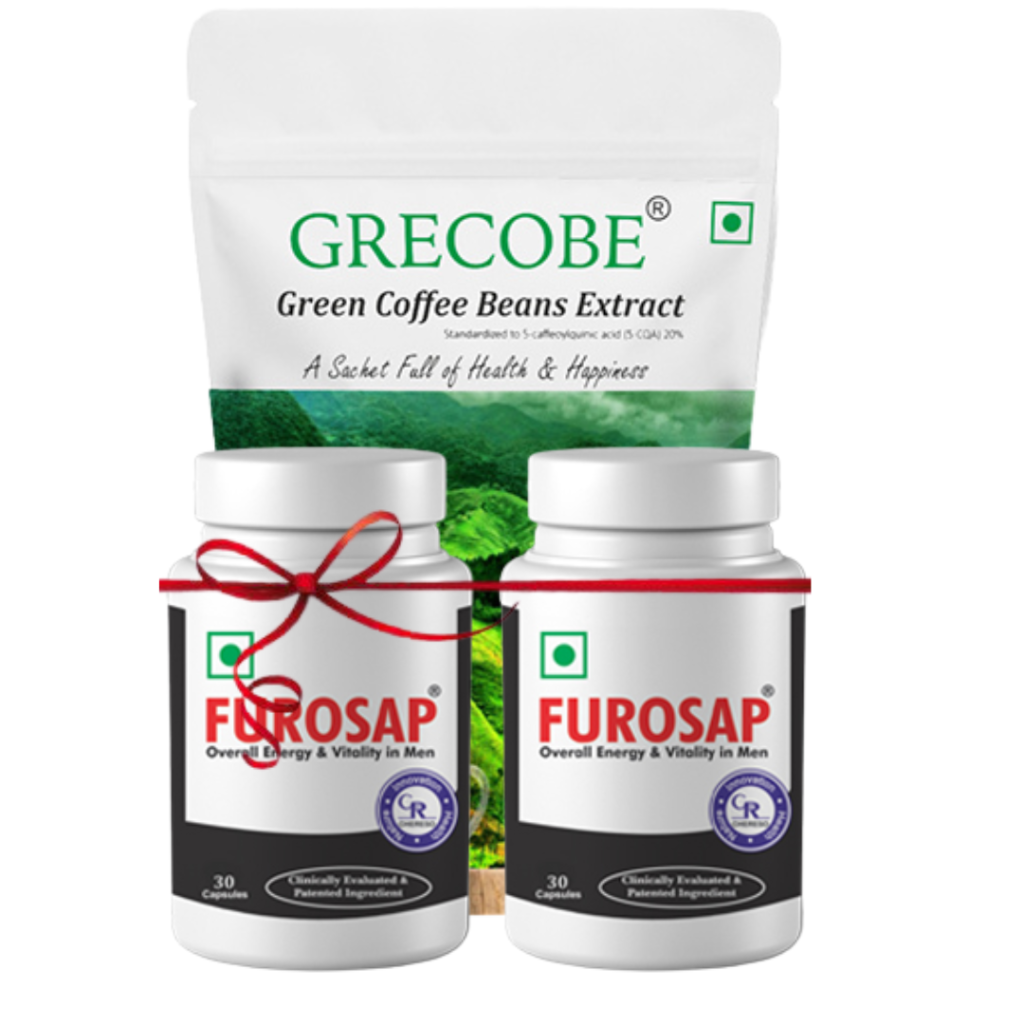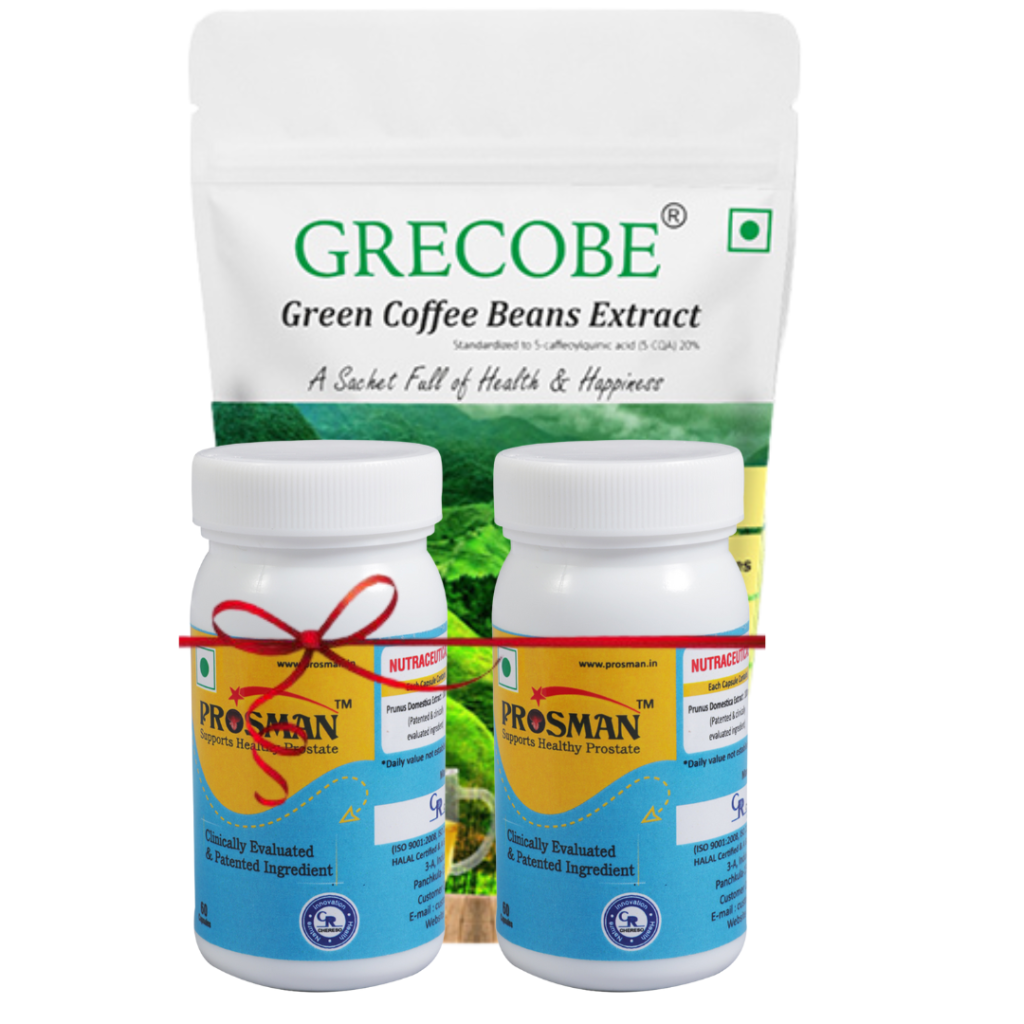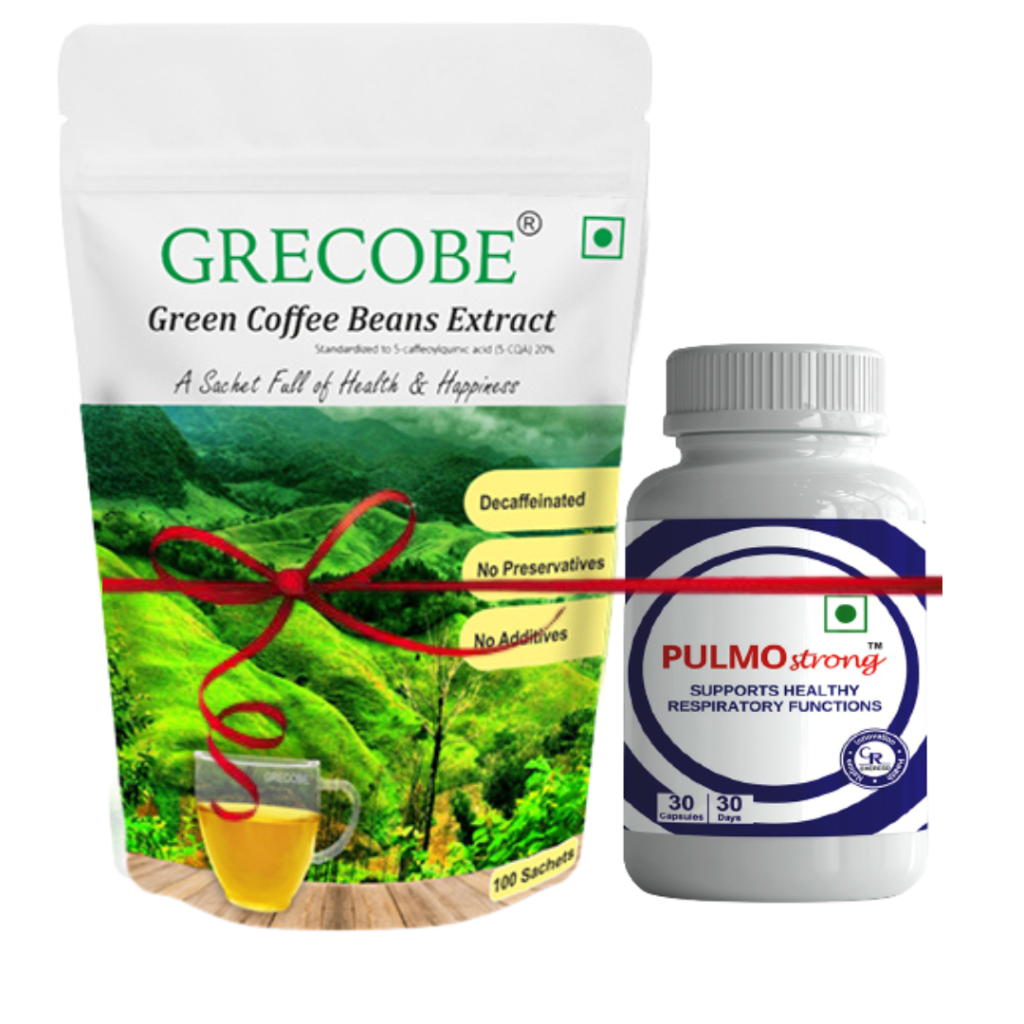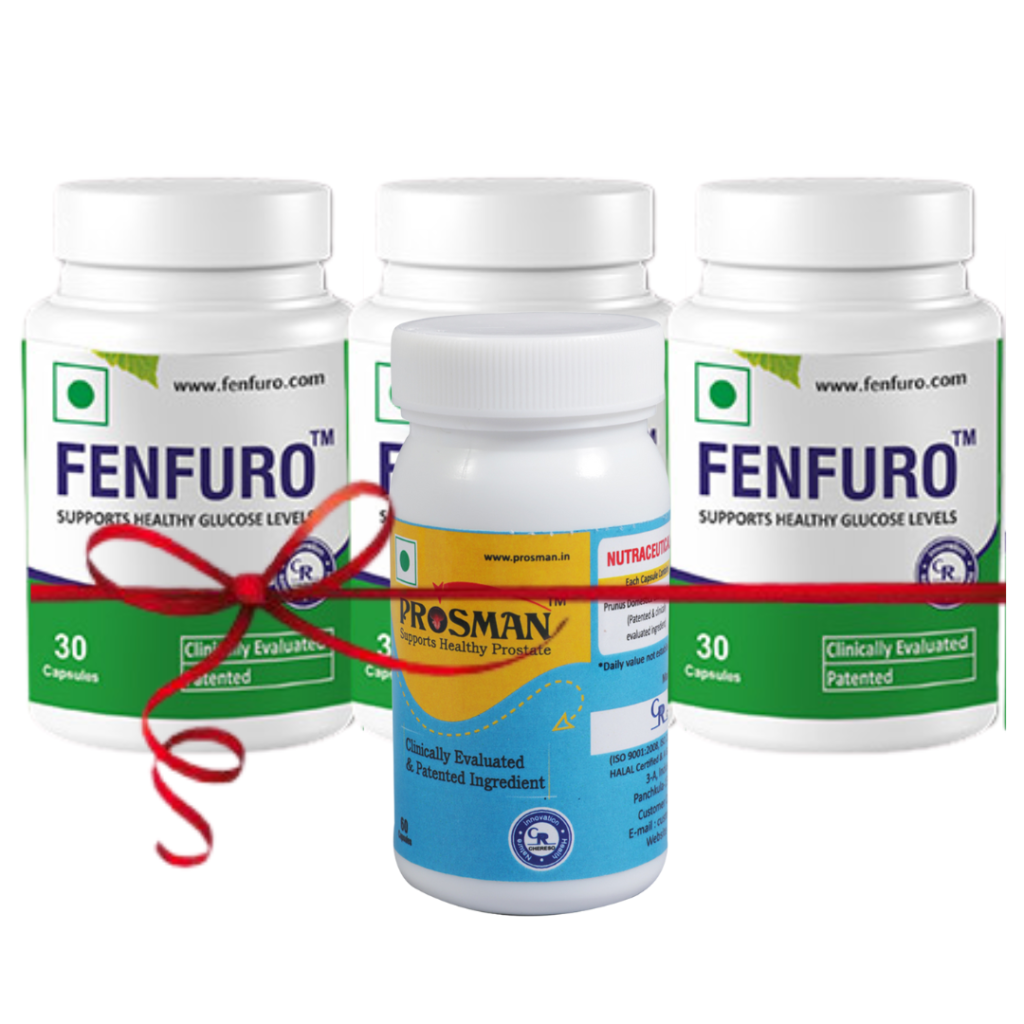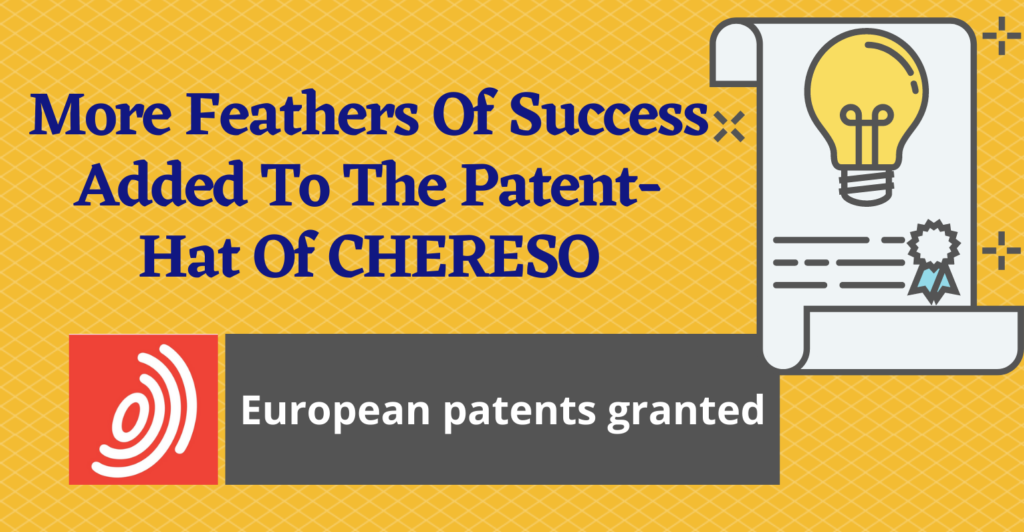When chronic pain sets in, most people immediately look in their medicine cabinet or rush to the drugstore. But medication usually offers only temporary pain management relief — it’s not going to stop the pain or cure what’s causing it. Fortunately, there are many approaches available through pain management specialists who can provide you with better pain management strategies.
Pain Management: Acupuncture
One of the oldest pain management techniques is the Chinese practice of acupuncture. Acupuncture uses tiny needles, placed in specific points along the body, to help alleviate chronic pain. One large study of people with knee osteoarthritis found that acupuncture provided significant pain relief when medications couldn’t. But the study did find that acupuncture must be used long-term for the maximum effect; most of the time, it took at least 14 weeks to appreciate the results.
Pain Management: Massage
When doesn’t a massage feel good? Massage also offers therapeutic benefits for chronic pain management: From deep tissue massage to more gentle techniques, massage can help relax muscles and sore tissues and ease chronic pain. One recent study in the Annals of Internal Medicine found that the benefits of massage in easing lower back pain may last for six months or longer.
Pain Management: Physical Therapy
Physical therapy teaches you how to gently move and stretch your muscles and work your joints to strengthen them, which will help alleviate pain. Unlike medication, physical therapy can actually help treat the underlying source of your pain, whether it’s arthritis or another condition, and will help chronic pain improve over time. Physical therapy may include water therapy, such as working muscles in a pool or whirlpool. Physical therapy also includes regular exercise, and working with pain specialists trained in physical therapy can teach you the right way to exercise to alleviate pain, not increase it. A January 2012 article in Annals of Internal Medicine found that doing home exercises taught by physical therapists was more helpful for neck pain than drugs.
Pain Management: Hot and Cold Therapy
Heat therapy boosts blood flow to areas of the body in pain due to inflammation, and allows muscles to relax. You can apply a heating pad or a heat wrap, or relax in a hot bath for pain management, which can soothe body and soul.
Cold therapy can also be useful in pain management. By slowing blood flow to a painful joint, swelling is reduced and nerves aren’t able to quickly send messages of pain. Applying ice, a cold wrap, or a cold pack can ease a flaring, painful joint.
Pain Management: Therapy for the Mind
Anxiety, stress, and depression can aggravate chronic pain, so it’s important not to ignore the emotional side of your pain. Cognitive-behavioral therapy, which can teach you how to manage thoughts and feelings and your body’s physical response, can effectively manage chronic pain. Biofeedback is another method that teaches you how to control your body’s reactions to pain, while hypnosis allows deep relaxation to help with pain management.
Pain Management: TENS Treatment
By electrically stimulating the area where the pain is localized, you can actually help alleviate it. Transcutaneous electrical nerve stimulation, or TENS, is the electrical stimulation technique most often used in pain management. A small device attached to the skin sends electrical impulses to the painful area, stimulates the nerves, and as a result, reduces pain.
The Right Solution for You
You don’t have to live with chronic pain or rely on a bottle of pills for the rest of your life. There are so many pain management options to choose from that by consulting with your doctor, you’re sure to find a method that works to control your pain.

